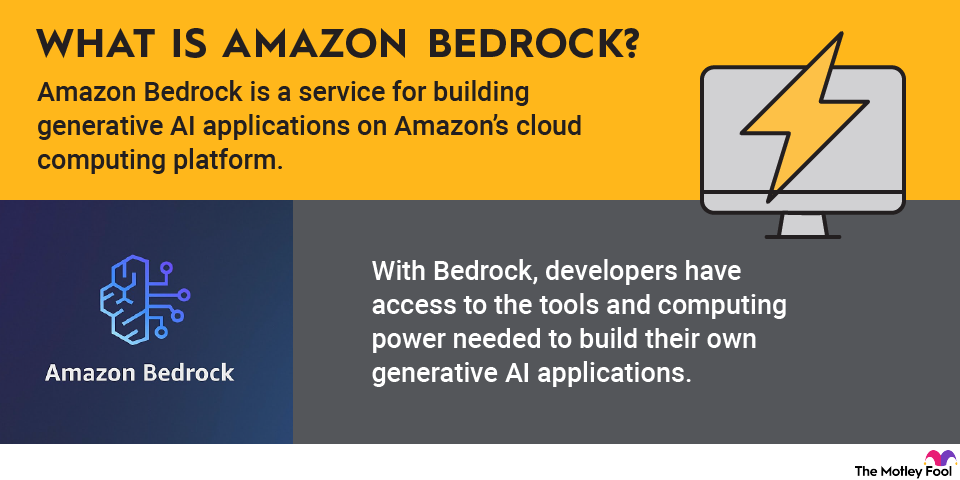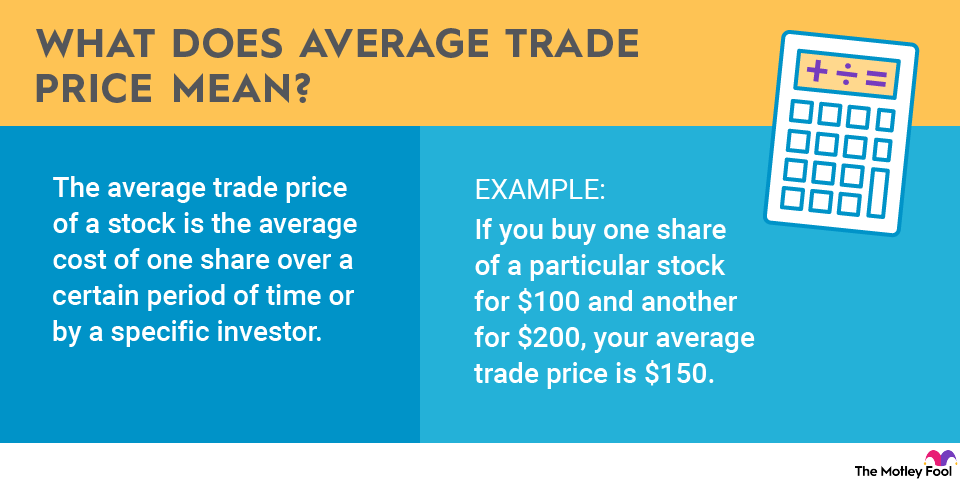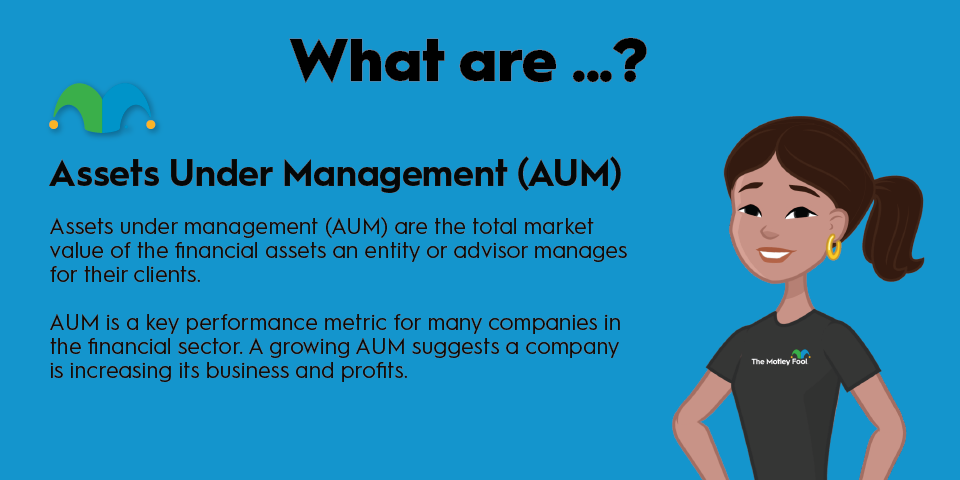Seasoned investors know that there's no limit to key metrics used in business. These terms often vary from industry to industry, making it a challenge to learn how a new industry works.
One of the more popular key metrics is "average selling price" or ASP, which is often used in consumer goods, especially in high-priced products. Although the definition of average selling price is relatively straightforward, there are a number of implications that you should know about.

What does average selling price mean?
Average selling price simply refers to the average revenue a company brings from the sales of a particular product or the sales of all its products. Average selling price is typically used for higher-priced products like smartphones or cars, and the metric provides useful information for both internal business strategy and for outside investors.
How average selling price is used
The average selling price for a given item offers investors several important of pieces of information.
By comparing the average selling price of, say, a car with the average selling price of the same model vehicle from a year ago, investors and the business can get a sense of how the product's pricing power has changed. If it's a popular item, the company should be able to raise prices, which will be reflected in a higher average selling price. Alternatively, if the product isn't selling as well this year, the business is likely to mark down the item, which will cause the average selling price to fall.
Competitive Advantage
The ASP is also useful as a way of comparing the selling price of a similar product across different businesses. For instance, you might want to know how sales of one model of electric vehicle compare to sales of another model. Naturally, a higher average selling price for a comparable item tends to reflect a competitive advantage or at least a better product.
Finally, the ASP also helps investors understand inputs in gross margin, a key metric for any company selling consumer goods since gross margin is often the most important factor in profitability for these companies.
How do you find average selling price?
Most companies don't directly report average selling price for their products.
Instead, you typically need to do some investigating to get the answer. To find ASP, you need two data points. You need to know how many units of a product a company sold, and you need to know the total revenue it brought in from that product. From there, you divide the total revenue by the number of units sold.
If that information isn't available, you can generally find the average selling price for products across the company. Most automakers, for example, report units sold and total revenue for individual car brands or models.
Apple used to report units sold for its individual product lines like the iPhone and iPad, but it stopped because the company thought total revenue was a better reflection of the performance of the business than units sold.
Sometimes, businesses don't like to reveal average selling prices for competitive reasons, as well.
Related investing topics
What's an example of average selling price?
To look at an example of average selling price across a portfolio of products, let's use the most recent earnings report from Tesla (TSLA +0.09%).
Tesla currently manufactures six vehicles: Model 3, Model Y, Model S, Model X, Tesla Semi, and the Cybertruck, with the vast majority of its sales coming from the lower-priced Model 3 and Y.
In the third quarter, the company brought in automotive revenue of $19.6 billion on deliveries of 435,059; the Model 3 and Y accounted for 419,074 deliveries. Based on the total revenue and vehicles delivered, Tesla's average selling price across all of its vehicles is $45,051. That compares to an average selling price of $54,364 in the quarter a year ago. That makes sense since Tesla has been busy lowering its price over the last year to gain market share and make up for increased customer financing costs from higher interest rates.
It's unclear yet if that strategy will pay off, but it seems like ASP will continue to come down, given that CEO Elon Musk has stressed the importance of being price-competitive.
As this case demonstrates, crunching the numbers on average selling price gives investors a valuable piece of information since you can see how fast the company's prices are coming down, and it allows you to compare Tesla's ASP to other carmakers, as well.



















